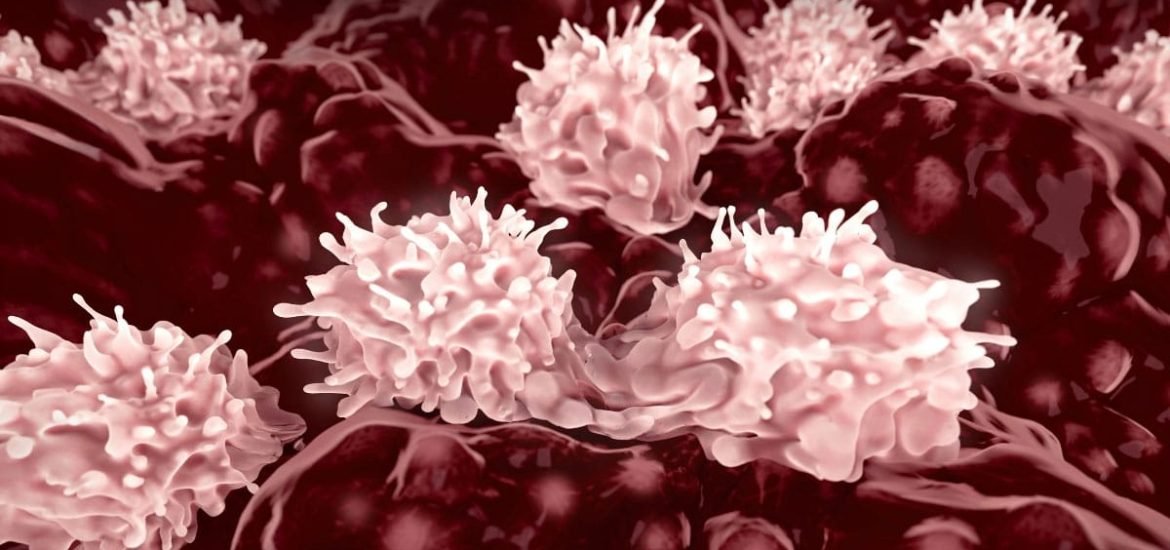
A team of researchers from the University of Tokyo and Rikin Institute in Japan and Stanford University in the US have seemingly uncovered a cheap and effective way to grow large numbers of haemopoietic stem cells (HSCs), or blood stem cells, in the lab. The cells were expanded for one month and then successfully engrafted into mice, according to a new paper published on 29 May in the journal Nature (1).
To successfully transplant HSCs into a patient, a genetically matched donor is usually required. Or the use of harmful medications to suppress the immune system, which lowers the risk of a patient rejecting the foreign cells. However, in this case, when the stem cells were injected into mice without any pre-conditioning to suppress the immune system, the scientists did not observe any adverse effects. In fact, the cells thrived. So what was different this time?
The power is in the numbers…
For decades, scientists have been trying to grow large numbers of HSCs in the lab. The expanded HSCs, derived from bone marrow, could then be used to create other components of blood or transplanted in patients with cancers, like leukaemia or blood disorders such as sickle cell disease. But until now, researchers have been unable to grow sufficient quantities.
Typically, HSCs are grown using expensive media containing animal proteins and do not stay alive for very long in laboratory conditions. This limits their application since large numbers are needed to be successfully engrafted in the human body (or indeed, a mouse).
So, the biologists led by stem-cell biologist Hiromitsu Nakauchi wanted to figure out how to replace the expensive albumin component with something cheaper and potentially safer — since animal products also carry the risk of disease transmission.
They screened several polymers and discovered that polyvinyl alcohol (PVA), an inexpensive synthetic compound often found in glue, fit the bill. And using the new formulation, they expanded a cluster of mouse HSCs to almost 900 times its original volume in just one month using this now not-so-secret ingredient.
The method still needs a few tweaks before it can be applied in humans — it’s still unclear whether human cells will response in the same way as mouse cells. Nonetheless, according to the authors, the findings could open the door to eliminating radiation and chemotherapy in people with blood cancers and blood disorders, which could potentially be replaced with stem cell transplants.
The impressive results are the first to show that HSCs can be grown in the lab for such a long time before being implanted. And could, therefore, have a massive impact on the clinical application of blood stem cells.
Or perhaps the new method could be successfully used on other types of cells. For instance, induced pluripotent stem cells could be derived from a patient’s own skin cells, and transformed into HSC-like cells; therefore, completely removing the need for a genetically matched donor or to suppress the immune system.
Image: Illustration of haematopoietic stem cells in the bone marrow
(1) Wilkinson, A.C. et al. Long-term ex vivo haematopoietic-stem-cell expansion allows nonconditioned transplantation. Nature (2019). DOI: 10.1038/s41586-019-1244-x